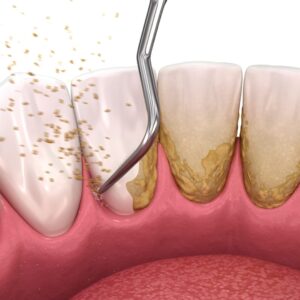Description
Familiarity with Treatment
Partial splenectomy is a surgical procedure that involves the partial removal of the spleen. It is often performed to address specific conditions such as splenic trauma, noncancerous cysts or tumors inside the spleen, or to preserve splenic function while addressing underlying pathology. The procedure aims to retain a portion of the spleen to maintain its immunologic and hematologic functions.
Procedure
During a partial splenectomy, the surgeon removes only a portion of the spleen, leaving the remaining portion intact. This can be achieved through various surgical approaches, including open surgery or laparoscopic techniques. The procedure is typically performed under general anesthesia.
Who is it Suitable For?
Partial splenectomy is suitable for individuals with conditions that necessitate the removal of a portion of the spleen while preserving its overall function. It may be considered in cases of noncancerous cysts or tumors inside the spleen, localized trauma, or other conditions where preserving splenic function is important.
Who is it Not Suitable For?
Partial splenectomy may not be suitable for individuals with extensive or diffuse pathology affecting the spleen, where complete removal of the spleen (splenectomy) is necessary. Additionally, individuals with specific contraindications to surgery or those who are not candidates for general anesthesia may not be suitable for this procedure.
Advantages
Advantages of partial splenectomy include:
- Preservation of a portion of the spleen’s immunologic and hematologic functions.
- Reduced risk of overwhelming post-splenectomy sepsis (OPSS) or overwhelming post-splenectomy infection (OPSI) compared to total splenectomy.
- Potential for improved long-term immune function and reduced risk of certain infections.
Complications
Complications of partial splenectomy may include postoperative bleeding, wound infections, subphrenic abscess, ileus, portal vein thrombosis, thrombocytosis, thrombotic complications, and wound complications such as hematomas and seromas. Additionally, individuals who have undergone partial splenectomy are still at risk of overwhelming post-splenectomy sepsis (OPSS) or overwhelming post-splenectomy infection (OPSI), albeit to a lesser extent than with total splenectomy.
Preoperative Care
Preoperative care for partial splenectomy involves a comprehensive evaluation by a healthcare provider to determine the need for surgery and the most appropriate approach. This may include medical risk reduction, diagnostic tests, and discussions about the procedure, potential risks, and expected outcomes.
Postoperative Care
Postoperative care for partial splenectomy includes monitoring for complications such as bleeding, infections, and thrombotic events. Patients may require close follow-up to monitor for signs of overwhelming post-splenectomy sepsis and to receive appropriate vaccinations to reduce the risk of infections. Long-term follow-up may be necessary to assess immune function and overall health.







Reviews
There are no reviews yet.